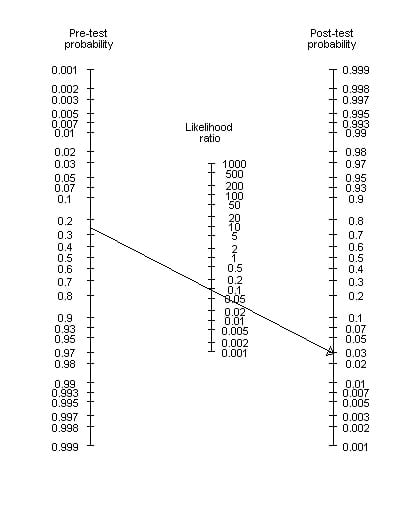Funtabulously Frivolous Friday Five 162
Just when you thought your brain could unwind on a Friday, you realise that it would rather be challenged with some good old fashioned medical trivia FFFF, introducing the Funtabulously Frivolous Friday Five 162
Question 1
What is a Sutherland wrap?
Reveal the funtabulous answer
Pressure bandage with immobilisation (PBI) for snakebite in Australia
It was developed in the 1970s by Straun Sutherland (1936-2002) as a first-aid measure. [Reference]
Question 2
What did Dutch physiologist Hartog Jacob Hamburger invent and was subsequently referred to as “normal xxxxx“
Reveal the funtabulous answer
Saline
During the late 1800 doctors were trying to treat cholera patients with intravenous fluids based on Thomas Latta’s work in 1832. Various mixtures of sodium, chloride, potassium and bicarbonate were used but haemolysis was common.
Hamburger created a solution with 0.9% NaCl and observed no haemolysis to red blood cells incorrectly concluding this was the normal concentration in blood (its 0.6%) and hence the term “normal saline” was adopted. The solution is however, isotonic and therefore haemolysis does not occur.
Question 3
Who gets Pigbel?
Reveal the funtabulous answer
Typically Children of Papua New Guinea
Pig Bel is a form of acute, segmental, necrotizing enteritis presenting as a common and life-threatening disease. It relates to the consumption of contaminated pig meat and is thought to be caused by Clostridium welchii type C (an organism not usually present in the human intestine).
The perfect storm occurs during ceremonial feasts when large amounts of pork with contaminated bowels are eaten with sweet potatoes. Sweet potatoes contain a trypsin inhibitor. C. perfringens is normally digested by trypsin but its low levels secondary to a sweet potato meal result in increased levels of toxin. [Reference]
Question 4
What is Fagan famous for in evidence-based medicine?
Reveal the funtabulous answer
nomogram
The Fagan nomogram converts pre-test probabilities into post-test probabilities using the likelihood ratio for any given test.
Question 5
Who has candle bones?
Reveal the funtabulous answer
Patients with Léri Disease (Melorheostosis)
It is an uncommon mesenchymal dysplasia manifesting as regions of sclerosing bone with a characteristic dripping wax appearance or flowing candle wax appearance.
Although changes occur in early childhood, the condition often remains occult until late adolescence or early adulthood. In only approximately half of the cases is the diagnosis made before the age of 20. [Reference]
- Leri A, Joanny J. Une affection non décrite des os hyperostose “en coulée” sur toute la longeur d’un member ou “melorhéostose.” Bulletins et mémoires de la Société médicale des hôpitaux de Paris. 1922; 46: 1141–1145.
- Arden GP. Leri’s Disease (Melorheostosis). Proc R Soc Med. 1950 Apr; 43(4): 302–303.
- Kumar R et al. Melorheostosis – Case Report of Rare Disease. J Orthop Case Rep. 2014 Apr-Jun; 4(2): 25–27.

FFFF
Funtabulously Frivolous Friday Five
Dr Neil Long BMBS FACEM FRCEM FRCPC. Emergency Physician at Kelowna hospital, British Columbia. Loves the misery of alpine climbing and working in austere environments (namely tertiary trauma centres). Supporter of FOAMed, lifelong education and trying to find that elusive peak performance.

